1999 Mitsubishi 3000GT VR-4: A Detailed Overview

The 1999 Mitsubishi 3000GT VR-4 stands as a testament to Japanese automotive engineering prowess of the 1990s. This high-performance sports car, with its twin-turbocharged engine and advanced all-wheel drive system, captivated enthusiasts and continues to hold a special place in the hearts of car collectors today.
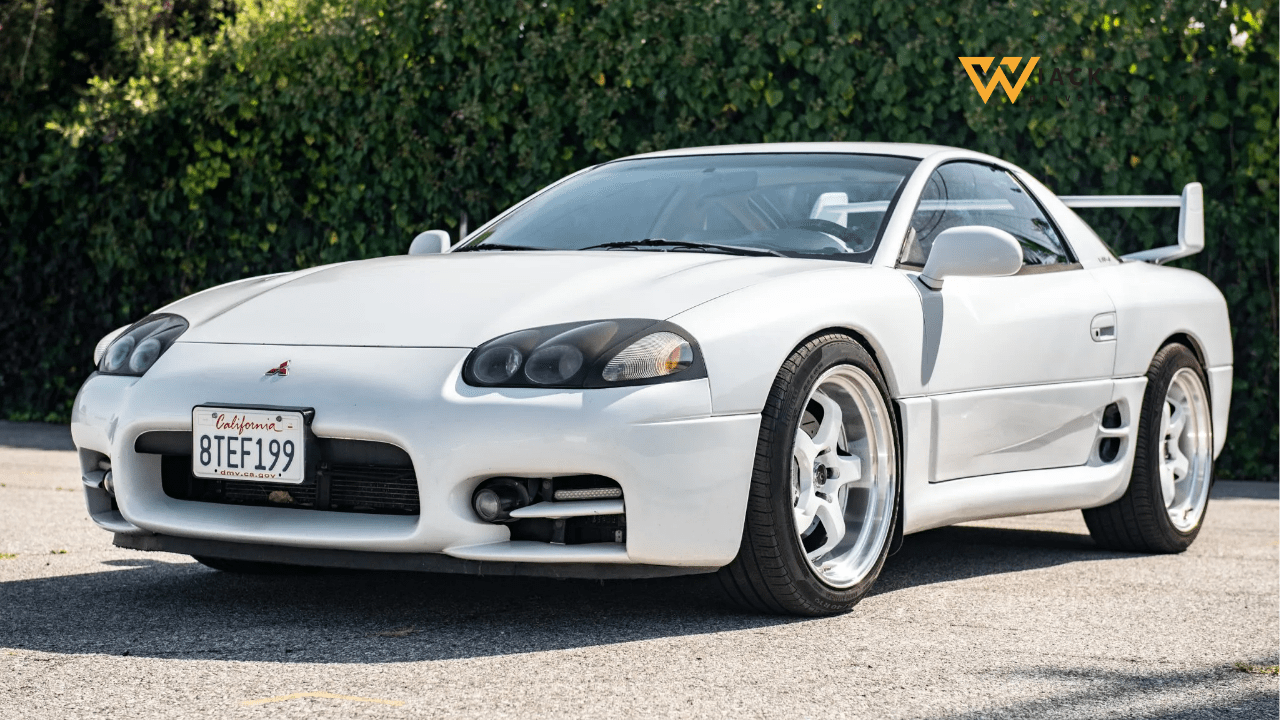
Introduction
The Legacy of the 3000GT
The Mitsubishi 3000GT, known as the GTO in Japan, emerged in the early 1990s as Mitsubishi’s flagship sports car. It was designed to compete with other Japanese powerhouses like the Toyota Supra, Mazda RX-7, and Nissan 300ZX. The VR-4 variant, in particular, represented the pinnacle of Mitsubishi’s technological capabilities.
The VR-4: A Performance Icon
The VR-4 designation stands for “Viscous Realtime 4-wheel drive,” highlighting one of the car’s most advanced features. By 1999, the 3000GT VR-4 had evolved into its final form, boasting refinements and improvements over its earlier iterations. This model year marked the end of an era, as it was the last year the 3000GT was sold in the United States.
Exterior Design
Aggressive Styling
The 1999 3000GT VR-4 retained the bold and muscular styling that had defined the model throughout its production run. Its low-slung profile and wide stance conveyed a sense of power and speed even when stationary. The car’s design was a product of its time, featuring pop-up headlights and a rounded body shape that was quintessentially 1990s.
Aerodynamic Efficiency
Mitsubishi engineers paid close attention to the car’s aerodynamics. The smooth contours and carefully sculpted body panels weren’t just for show – they helped reduce drag and improve high-speed stability. Earlier models featured active aerodynamics, though this was phased out in later years to reduce complexity and cost.
Distinctive Features
Key exterior elements that set the VR-4 apart included:
- Aggressive front bumper with large air intakes
- Prominent rear spoiler
- Dual exhaust outlets
- Unique VR-4 badging
- 18-inch alloy wheels
These features combined to create a visually striking and unmistakable presence on the road.
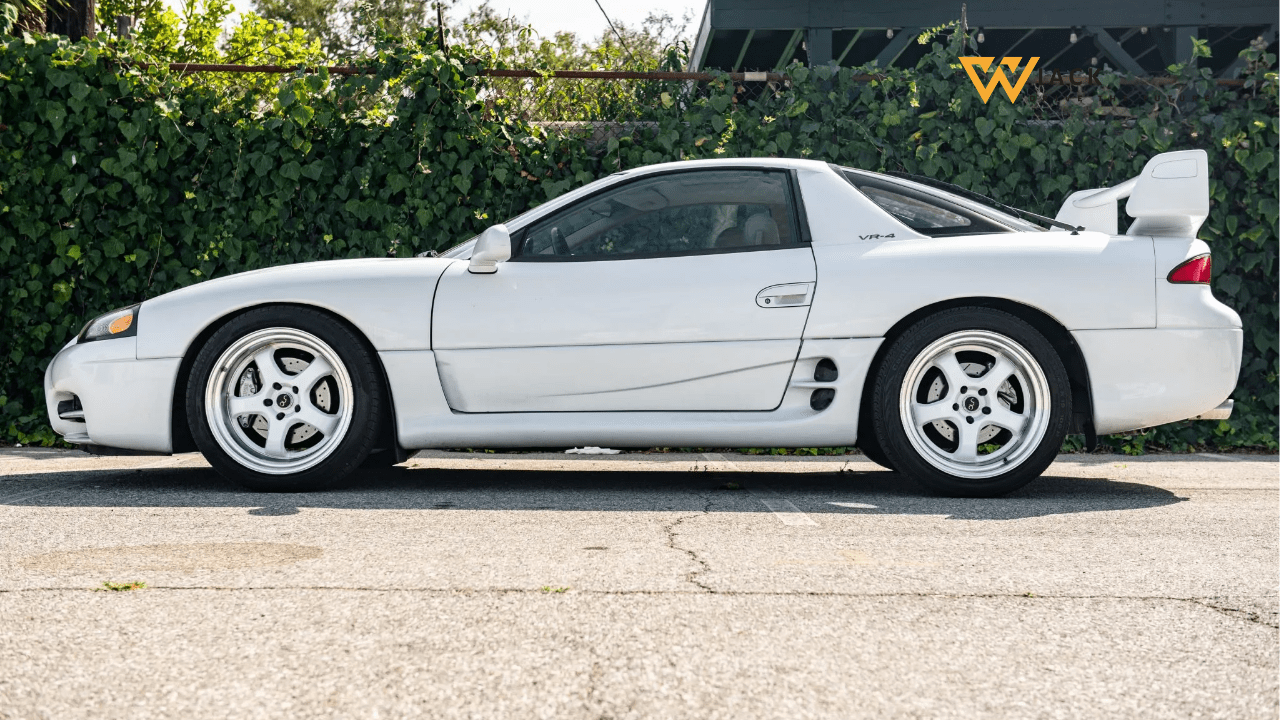
Interior Design
Sporty Cockpit
Stepping into the 1999 3000GT VR-4, drivers were greeted by a cockpit designed with performance in mind. The dashboard wrapped around the driver, placing all controls within easy reach. The instrument cluster featured large, easily readable gauges, including a prominent tachometer centered behind the steering wheel.
Comfortable Seating
Despite its performance focus, the VR-4 didn’t skimp on comfort. The front seats were well-bolstered to provide support during spirited driving, while still offering enough cushioning for longer journeys. Leather upholstery was standard, adding a touch of luxury to the interior.
Premium Features
For a car of its era, the 1999 3000GT VR-4 came well-equipped with premium features:
- Power-adjustable seats
- Climate control
- Premium audio system
- Cruise control
- Power windows and locks
These amenities helped justify the VR-4’s position as a premium sports car, offering a blend of performance and comfort.
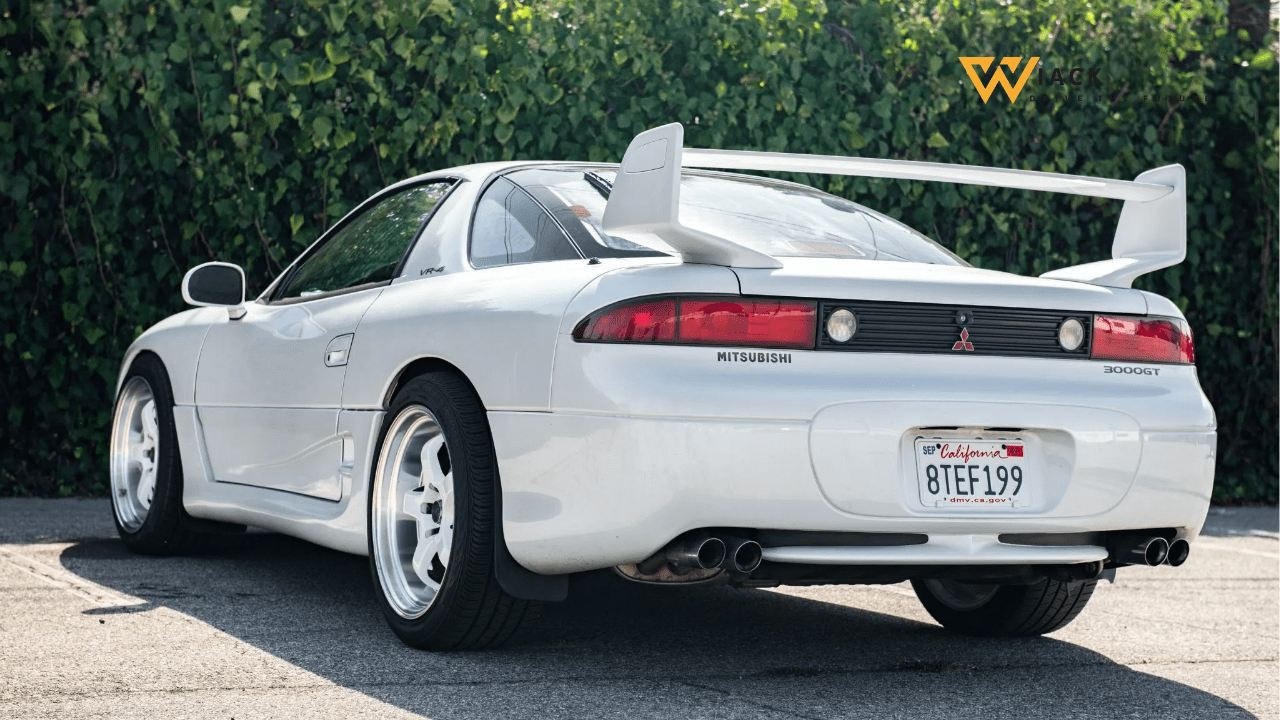
Powertrain
3.0L Twin-Turbocharged V6 Engine
At the heart of the 1999 3000GT VR-4 lay its most impressive feature: a 3.0-liter twin-turbocharged V6 engine. This powerplant, known as the 6G72, was a marvel of engineering for its time. Key specifications included:
- Displacement: 2972cc
- Configuration: 24-valve DOHC V6
- Forced Induction: Twin Mitsubishi TD04-13G turbochargers
- Intercooler: Air-to-air
- Fuel System: Electronic fuel injection
- Power Output: 320 horsepower at 6000 rpm
- Torque: 315 lb-ft at 2500 rpm
This engine provided the VR-4 with impressive performance, capable of propelling the car from 0-60 mph in under 5 seconds.
6-Speed Manual Transmission
Power was transmitted to all four wheels through a robust 6-speed manual transmission. This gearbox was praised for its precise shifts and well-chosen ratios, allowing drivers to make the most of the engine’s power band. The sixth gear acted as an overdrive, helping to improve fuel economy during highway cruising.
All-Wheel Drive System
The VR-4’s all-wheel drive system was a key component of its performance package. It utilized a viscous coupling center differential to distribute power between the front and rear axles. Under normal conditions, the system maintained a 45:55 front-to-rear torque split, providing a rear-wheel drive feel with the added traction of AWD when needed.
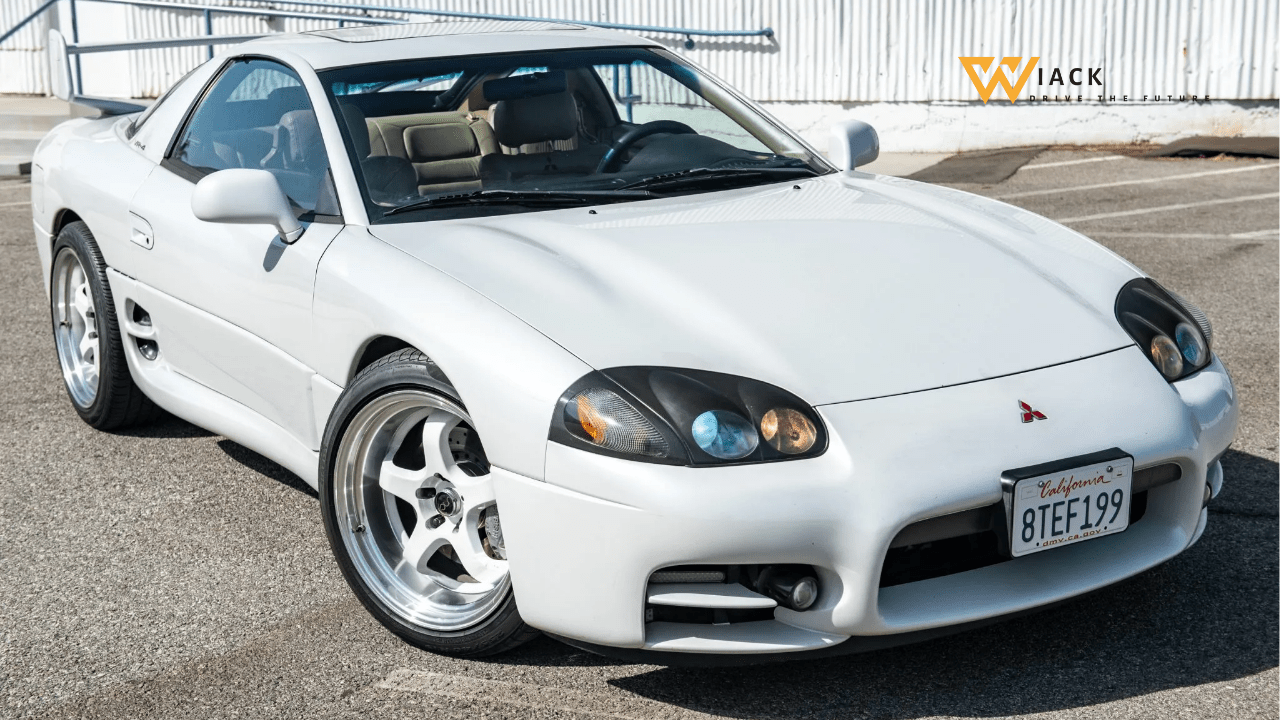
Performance
Acceleration and Top Speed
The 1999 3000GT VR-4’s performance figures were impressive:
- 0-60 mph: Approximately 4.8 seconds
- Quarter mile: Around 13.5 seconds
- Top speed: Electronically limited to 155 mph
These numbers put the VR-4 in direct competition with some of the most respected sports cars of its time.
Handling and Braking
The VR-4’s sophisticated all-wheel drive system, combined with its well-tuned suspension, provided excellent handling characteristics. The car exhibited minimal body roll in corners and offered high levels of grip. Earlier models featured active aerodynamics and electronically controlled suspension, though these were phased out by 1999 to reduce complexity.
Braking was handled by large ventilated disc brakes on all four wheels, providing strong and consistent stopping power. Anti-lock brakes (ABS) were standard, enhancing safety and control during emergency braking situations.
Track Performance
On the track, the 1999 3000GT VR-4 showcased its true potential. Its combination of power, all-wheel drive traction, and balanced handling made it a formidable performer. While it may have lacked the outright agility of some lighter competitors, its stability and grip allowed it to carry high speeds through corners with confidence.
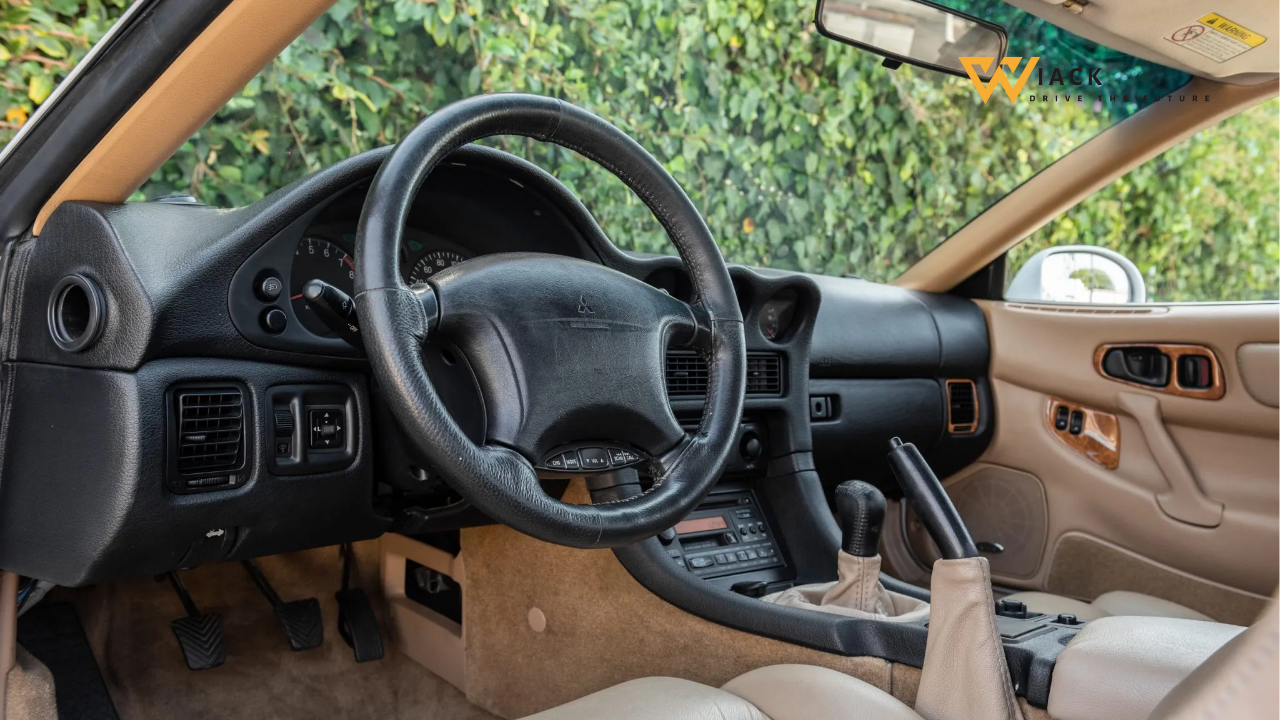
Fuel Economy
EPA Ratings
The powerful twin-turbocharged engine and all-wheel drive system of the VR-4 did come with a trade-off in fuel efficiency. EPA ratings for the 1999 model were:
- City: 18 mpg
- Highway: 24 mpg
- Combined: 20 mpg
These figures were relatively low compared to more economical sports cars of the time, but were considered acceptable given the VR-4’s performance capabilities.
Real-World Fuel Consumption
In real-world driving, owners reported fuel economy that often fell below the EPA estimates, especially when driving enthusiastically. City driving could see consumption drop to the low teens, while highway cruising at legal speeds could yield results closer to the EPA highway rating.
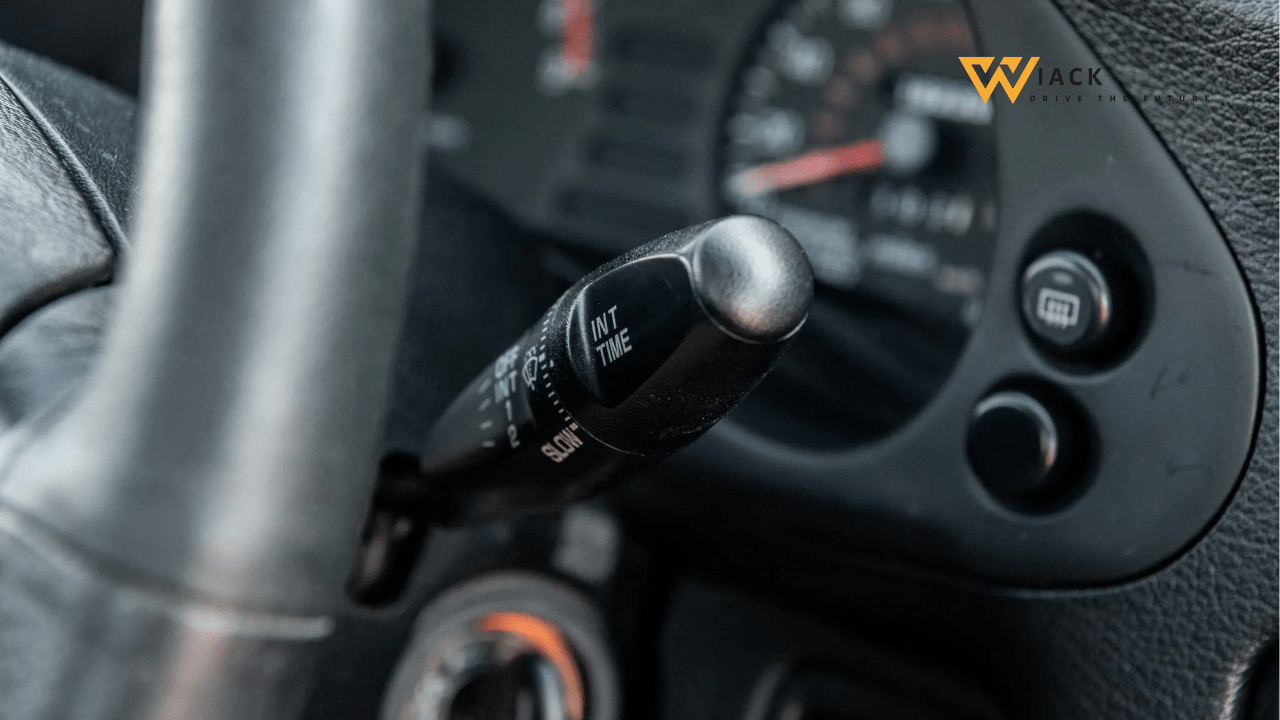
Features and Technology
Standard Equipment
The 1999 3000GT VR-4 came well-equipped from the factory, reflecting its position as Mitsubishi’s flagship sports car. Standard features included:
- Leather upholstery
- Power-adjustable front seats
- Automatic climate control
- Cruise control
- Power windows, locks, and mirrors
- Premium audio system with CD player
- Driver and passenger airbags
- Anti-lock braking system (ABS)
Optional Features
While the VR-4 was generously equipped as standard, there were few factory options available. This was partly due to the model being in its final year of production, with Mitsubishi streamlining the lineup. Some dealers may have offered accessories or upgrades, but these were not official factory options.
Advanced Technology
For its time, the 1999 3000GT VR-4 incorporated several advanced technologies:
- Twin-turbocharged engine with intercooler
- Full-time all-wheel drive system
- Four-wheel steering (4WS) – phased out in earlier model years
- Electronically controlled suspension – also phased out earlier
While some of the more exotic features had been removed by 1999 to reduce complexity and cost, the VR-4 still represented a technologically advanced vehicle for its era.
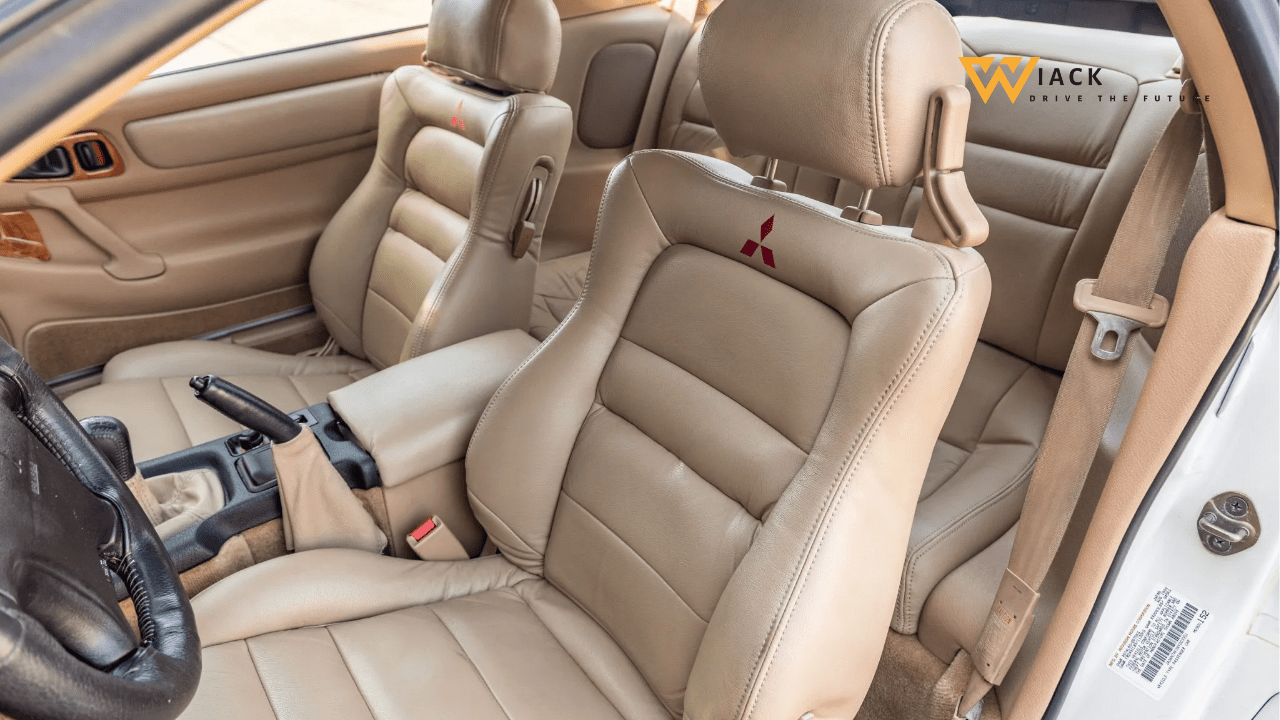
Safety
Safety Features
The 1999 3000GT VR-4 included several safety features that were considered advanced for its time:
- Driver and front passenger airbags
- Anti-lock braking system (ABS)
- Traction control system
- Reinforced body structure with front and rear crumple zones
- Side-impact door beams
These features combined to provide a good level of occupant protection, although it’s worth noting that safety standards have evolved significantly since 1999.
Crash Test Ratings
Due to the 3000GT’s relatively low production numbers and its status as a niche sports car, comprehensive crash test data from agencies like the NHTSA or IIHS is not readily available. However, the car’s robust construction and inclusion of key safety features like airbags and ABS suggested a reasonable level of occupant protection for its time.
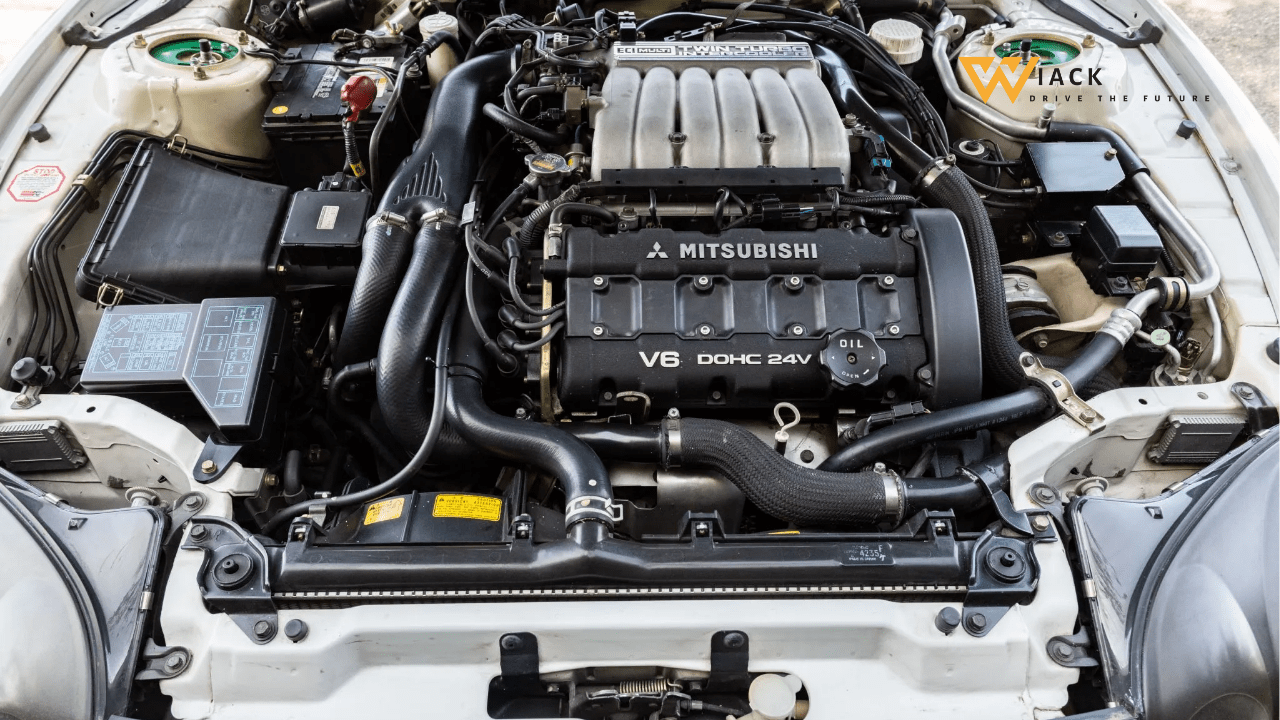
Reliability
Owner Reviews
Many owners of the 1999 3000GT VR-4 report positive experiences with reliability, particularly when the cars are well-maintained. The VR-4’s robust drivetrain, developed over nearly a decade of production, had most of its early issues ironed out by the final model year. However, as with any high-performance vehicle of this age, proper maintenance is crucial.
Common Issues
While generally reliable, there are some known issues that potential owners should be aware of:
- Timing belt replacement: The 6G72 engine uses a timing belt that requires replacement every 60,000 miles. Failure to do so can result in catastrophic engine damage.
- Turbocharger wear: The twin turbochargers can wear over time, potentially requiring rebuilding or replacement.
- Electronics: As with many cars of this era, electrical components can become problematic with age.
- Suspension components: Bushings and other suspension parts may require replacement after high mileage.
Regular maintenance and addressing issues promptly can help keep a VR-4 in good running condition.
Modifications and Tuning
Engine Tuning
The twin-turbocharged V6 in the VR-4 responds well to tuning, with many owners choosing to increase boost pressure and make other modifications to extract more power. Common modifications include:
- Upgraded intercooler
- Larger turbochargers
- Exhaust system upgrades
- Engine management tuning
With proper modifications, it’s not uncommon to see VR-4s producing over 400 horsepower.
Suspension Upgrades
While the stock suspension of the VR-4 was well-tuned, many enthusiasts opt for upgrades to enhance handling:
- Coilover suspension kits
- Sway bar upgrades
- Polyurethane bushings
- Wider wheels and tires
These modifications can significantly improve the car’s already impressive handling capabilities.
Performance Enhancements
Other popular performance upgrades include:
- Upgraded brake pads and rotors
- Lightweight wheels
- Short-shift kits for the manual transmission
- Limited-slip differentials
When modifying a VR-4, it’s important to maintain a balance between performance enhancements and reliability, especially given the car’s complexity and age.
Conclusion
A Timeless Classic
The 1999 Mitsubishi 3000GT VR-4 represents the culmination of Mitsubishi’s efforts in the high-performance sports car segment of the 1990s. Its combination of twin-turbocharged power, all-wheel drive traction, and advanced features made it a formidable competitor in its day and a respected classic in the present.
The 3000GT VR-4’s Enduring Appeal
While it may not have achieved the same level of fame as some of its Japanese contemporaries, the 3000GT VR-4 has developed a dedicated following. Its unique styling, impressive performance, and relative rarity have contributed to its status as a desirable collector’s car. For enthusiasts looking for a powerful, technologically advanced 1990s sports car with a distinctive character, the 1999 Mitsubishi 3000GT VR-4 remains an compelling choice.
As values of Japanese performance cars from this era continue to rise, well-preserved examples of the VR-4 are likely to become increasingly sought after. The 1999 model, being the final year of production, holds a special place in the 3000GT lineage, representing the most refined version of Mitsubishi’s ambitious sports car project.
Get the latest car news, reviews, and prices at Wiack.com. Your one-stop destination for all things automotive.
